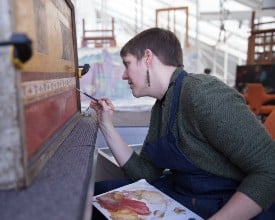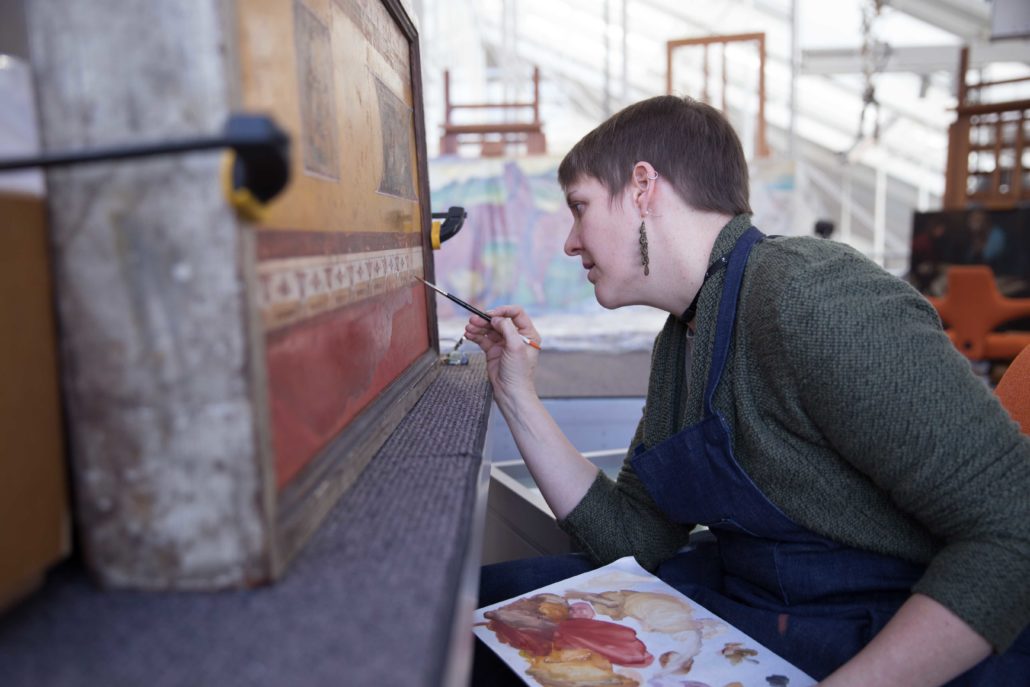
NEW YORK – In the field of fine art conservation, new cutting-edge technologies are not only being used to restore decades of wear on paintings but in so doing are also yielding surprising discoveries beneath the paint. Auction Central News explores advancements in restoration in this Q&A with Kate Smith, Conservator of Paintings and Head of Paintings Lab, Straus Center for Conservation and Technical Studies at the Harvard Art Museums.
Auction Central News: What are some of the latest techniques and/or high-tech tools of the trade?
Kate Smith: One fascinating technology being employed in treatment is lasers, used to remove layers of dirt, overpaint or other accretions from the surface of an object without actually touching it. I haven’t had the opportunity yet to make use of this technique although my colleagues in the Straus Center’s object conservation lab use it frequently to clean stone, gold leaf and other materials (for more, see this article). There are certain types of lasers that can be used on paintings when using the typical solvent approach is not safe or not working. I hope to have an opportunity to learn more about that.
A number of technical imaging techniques have come into use in the forensic investigation of art objects in the past decade or so and conservators are using these more and more in their study of the objects in their care. Reflectance Transformation Imaging (RTI) employs computational math to render fine surface topography using a set of simple raking light photographs. Multimodal imaging, including X-radiography, ultraviolet-induced visible fluorescence photography (UV), Visible Induced Luminescence photography (VIL), and macro X-ray fluorescence (macro-XRF) mapping allow us to see how certain chemical elements or pigments are distributed over an entire surface without needing to sample; it’s all done with cameras and analytical detectors.
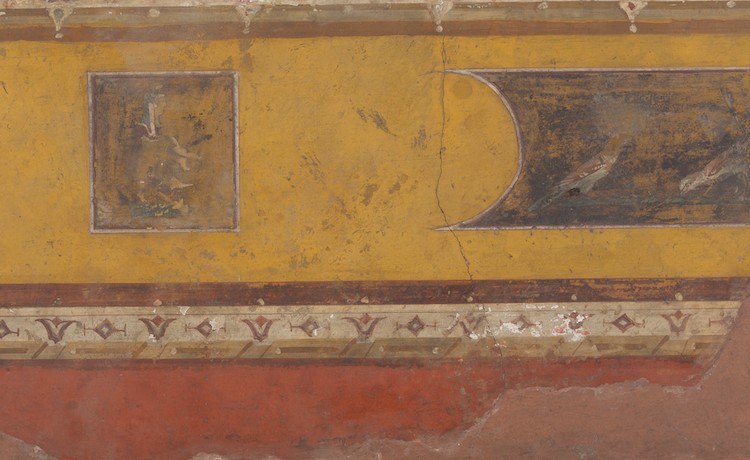
So much can be learned from seeing an object in a new light, literally and figuratively. In the painted Roman wall fragment, I was able to make a VIL image of the surface to detect where Egyptian blue had been used. Egyptian blue is the earliest synthetic, or human-made, pigment. It is a crushed glassy material that includes copper to make it a brilliant blue. It also has a characteristic reaction to visible light in the infrared region: it fluoresces and that can be captured using an infrared-sensitive camera.
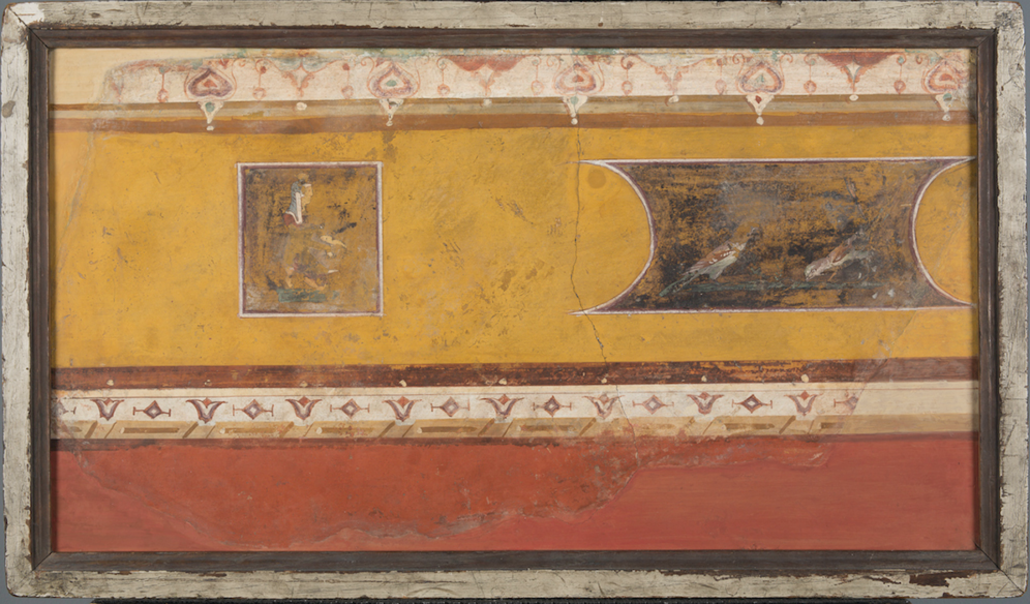
What was interesting about the VIL image is that Egyptian blue had been used in the blue areas, mixed into some of the green areas but not all; and was also used in some, but not all of the white areas, not as a color, but as a way of cooling and brightening the white. The fact that this pigment was incorporated into some mixtures, but not others of the same hue, implies more than one artist at work, which speaks to workshop practice in the Roman period. It was a fascinating peek into artistic practice.
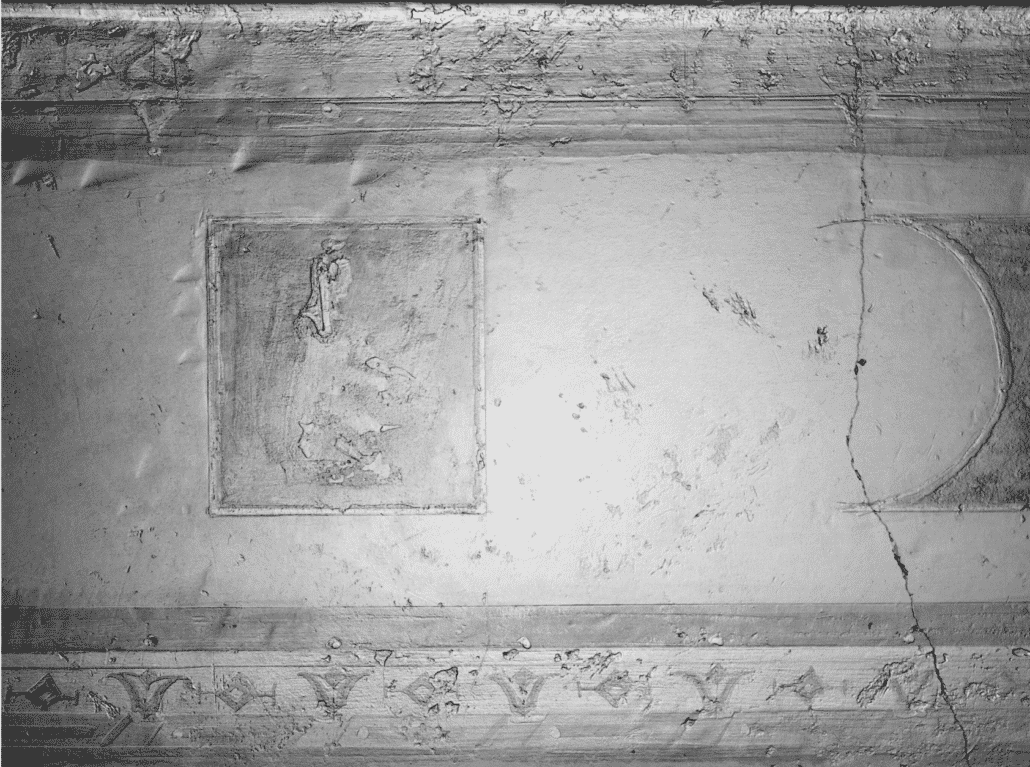
I also recorded the fragment with RTI, which revealed a trove of tool marks that describes how the painting was planned: compass circles with points in the center, incised lines marking vertical and horizontal patterns to be painted, and cone-shaped divots which appear to be part of the surface preparation of painting additional details onto still-wet, already-colored plaster.
ACN: What’s the most interesting discovery you have made about a painting using these techniques?
KS: Using x-radiography, my colleagues and I discovered that sitting below the surface of one of the Harvard Art Museums’ Gauguin paintings, Poèmes Barbares, is a landscape that Gauguin painted first but discarded in order to make the painting we see today. The X-radiograph was a starting point, but macro-XRF—an instrumental technique that maps the location of elements like arsenic, copper, lead, zinc, chromium and cadmium—allowed us to get a much better idea of what that landscape looked like and which pigments Gauguin used to paint each painting, which are quite different. My lab does not currently use this technique in-house, so we collaborated with the imaging scientists at NU-ACCESS at Northwestern University near Chicago. For example, arsenic co-existing with copper implies the presence of copper acetoarsenite or emerald green, a brilliant deep color that Gauguin used in the foliage of the landscape but almost nowhere in the Poèmes Barbares composition on the surface.
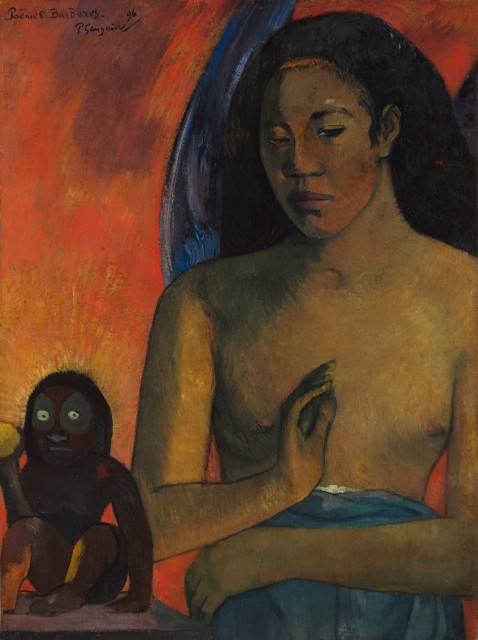
With information like this, we can begin to consider what the role of the early landscape might have been. Was the landscape a sketch or notation for some future finished work? If so, we can compare it to his entire oeuvre and try to find a link to another work. Was it simply a documentary painting recording local life, flora and fauna, sacrificed to depict Gauguin’s growing interest in Tahitian gods and spiritual practice?
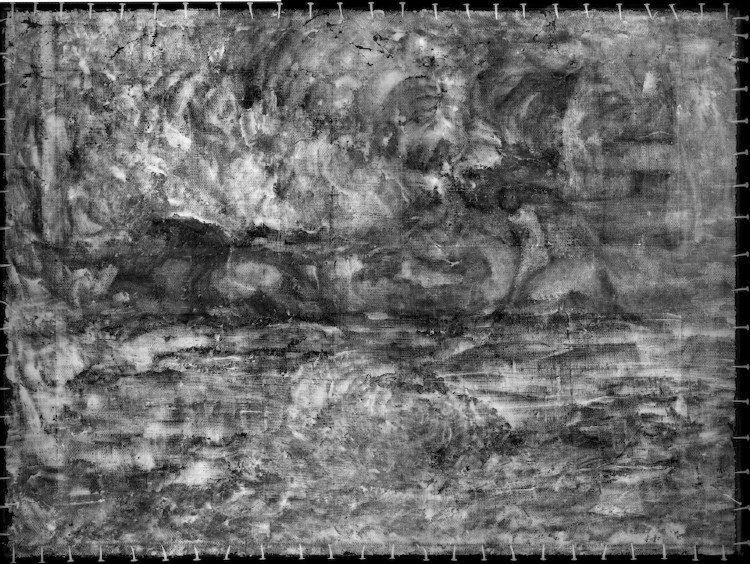
Ongoing research on the painting’s current composition addresses why he may have abandoned the original landscape. This reexamination takes into account 19th century French settler colonialism in Polynesia, Gauguin’s sexual relationships with Tahitian adolescents, and the power imbalance between the artist and his Indigenous models. The most interesting part of this fascinating discovery is the ripple effect it can have on the scholarship of the painting.
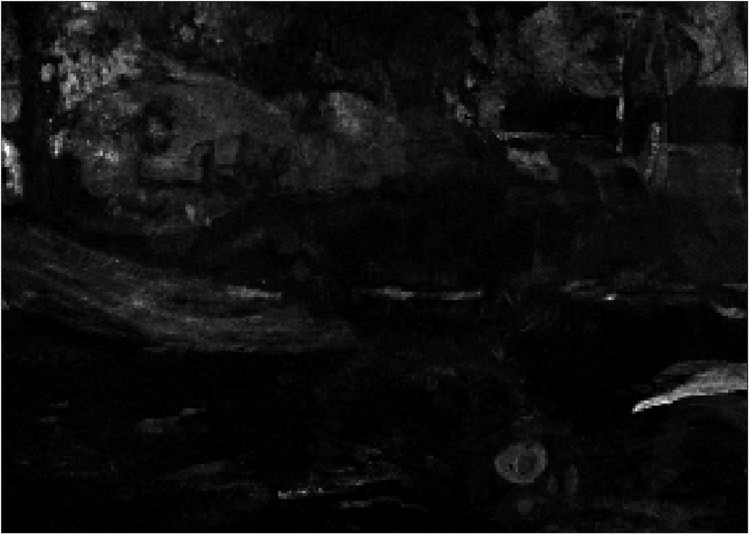
ACN: What stands out as the most challenging or interesting conservation job you have taken on?
KS: Though it was quite a few years ago now, the John Singer Sargent murals housed at the Boston Public Library are still the most complicated and fascinating project I’ve been involved with. In 2003–04, a team of paintings conservators, objects conservators and conservation scientists joined forces with a consulting committee of art history and mural painting experts to learn as much as we could about Sargent’s monumental Triumph of Religion cycle, how it was made and why, how it degraded and why, and then to conserve the paintings and publish our discoveries. It stands as a model of interprofessional collaboration and a testament to what can be accomplished when various perspectives are brought to bear on an important undertaking. We conserved the 16 paintings in the cycle, most 20 feet wide or larger, while on scaffolding in the library building. We took photographs and samples, researched the library archives and beyond, tested cleaning solutions, analyzed the paint layers and sculptural elements the artist had made and attached to the walls, and then removed layers of wax and soot from the surfaces with tiny swabs for months. The result was thrilling, the paintings are gorgeous and we learned so much about John Singer Sargent and his technique.
ACN: How long have you worked in this field and what drew you to it?
KS: I’ve worked in this field since 1997 when I began my first internship at the National Gallery of Art in Washington, D.C., a few years after graduating from college. I was an art history major and knew I wanted to build my professional life around art. I was also focused on making studio art and kept finding myself most interested in how the artwork I studied had been made, with what materials and what techniques. Conservation made sense right away as a way to study and interact with art using my brain, my eyes and my hands.
ACN: For the average painting collector (as opposed to a museum), what are the best practices in terms of displaying and caring for artwork to possibly avoid restoration in the future?
KS: The best advice I can offer is all contained in a good online resource provided by the American Institute for Conservation, our professional organization. There are guidelines and recommendations here for collections of any kind of material and I hope your readership will become acquainted with the site: https://learning.culturalheritage.org/public
ACN: What are the biggest challenges in conservation?
KS: Right now, the biggest challenge facing conservation is the same challenge facing all parts of our culture: racism and how to dismantle it. The field of conservation is mostly white women like myself, and the pathway to becoming a conservator is long and difficult and layered with privileged access to limited resources of training. If we as a field are to remain relevant, if we are to truly preserve our cultural heritage, our ranks need to begin to reflect the culture we are preserving.
# # #


